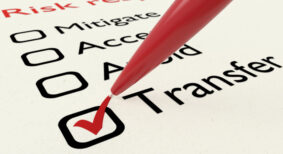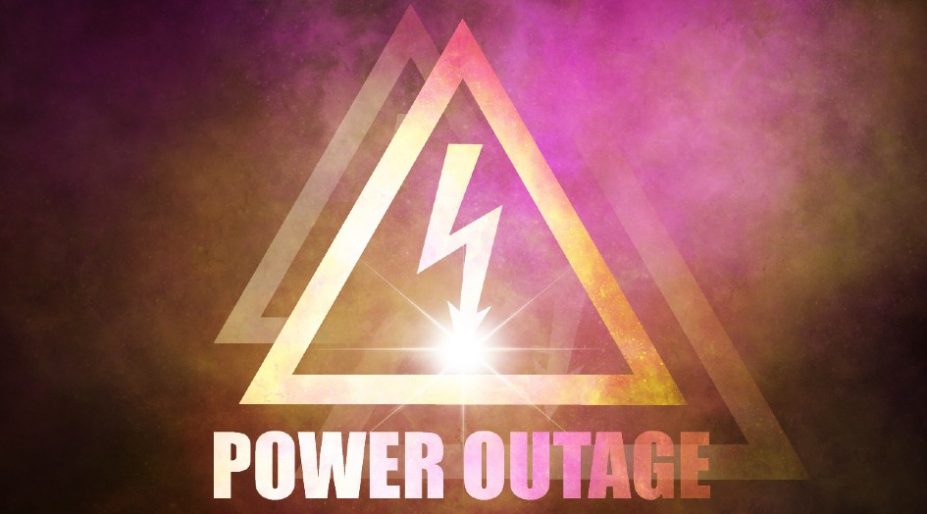A crane hit a high-voltage transmission line in Toronto in August and caused thousands to lose power for a prolonged period of time. Numerous high-rise condos were impacted, but ultimately safe.
Incidents such as this are often learning experiences. Having an active risk management program available for staff to follow will save time when seconds count. Here are some tips to ensure high-rises are ready for the next power failure.
Have portable lighting ready
Building supervisory staff such as superintendents and front desk security should have rapid access to emergency-use flashlights, complete with spare batteries in the event of a power failure. To ensure they are always available and ready, implement a monthly checklist to test batteries and make sure the flashlights are ready.
Check and inspect the emergency generator once every seven days
Building staff should inspect the emergency generators every seven days. A 15-point inspection is required that must be documented by the building owner every week to ensure there are no leaks, corrosion, troubles and more. Failing to complete or document these inspections is a violation of the Ontario Fire Code.
In addition to this weekly inspection, your high-rise residential building generator will also require a monthly test. The property management team is required to maintain documentation of these monthly tests. When these systems are inspected and tested when required, they will work and better protect everyone in the building.
Keep the fuel level topped up and storage clear
Fuel levels for your building’s emergency generator should be checked every 30 days and be documented by either your building superintendent or security guard during routine patrols.
The level of fuel for the tank should never go below 80 per cent as this generator fuel provides emergency power to the building’s critical life safety systems during power failures.
The diesel fuel tank is typically protected by a spill moat that is designed to hold 110 per cent of the volume inside the fuel tank, allowing this moat to be a secondary containment area. In the event the tank leaks or fails, the spill moat is designed to capture all of the spilled diesel. Never store any materials inside the spill moat area as this decreases the area available to safely collect the diesel in the event of a spill.
Keep both staff and residents up-to-date
During a power failure, be prepared to update the occupants of your condominium via the building’s emergency voice communications system. Building staff require training on how to use this system and the correct wording and advice to provide residents during power failures. A building’s emergency response plan will capture all of these procedures, including what to explain to the residents.
Both the fire alarm system and emergency voice communications system will continue to function during failures as they are backed up by the generator. If the generator fails, the fire alarm system will still protect the building due to local batteries inside the panel.
Introduce domestic water pumps to the emergency generator
Domestic water pumps ensure that water arrives to all the floors as needed to boost municipal water pressure. Some residents won’t receive water during power failures if these booster pumps are not connected to emergency power.
Develop an emergency preparedness and response plan
High-rise power failures are a “reasonable” and “foreseeable” emergency that could occur in a condominium. Having policies, procedures and documented prevention and mitigation efforts is already a requirement for the most common, foreseeable emergencies.
Most property managers develop emergency preparedness and response plans specifically for their building for professional documentation. In Ontario, for example, there is significant legislation such as the Occupational Health & Safety Act, Occupier’s Liability Act and even fire codes that have unique requirements that can be met through documenting and implementing such a plan. Consideration should always focus on the major themes of: prevention, preparedness, mitigation, and response
Jason Reid is the senior adviser for Fire & Emergency Management with National Life Safety Group in Toronto. He has worked with international embassies, government, public and private sector critical infrastructure facilities; commercial/residential high-rise buildings; world class shopping centres and mass assembly facilities. He can be reached at: jason.reid@nationallifesafetygroup.ca Main: 647-794-5505 Toll Free: 1-877-751-0508 www.nationallifesafetygroup.ca.






Take a look at Generator Help Online which is based off NFPA 110,99,70 & etc. all found in the IBC and IFC.
This site is to be leveraged as training tool for staff and a variety facilities that utilize emergency power.